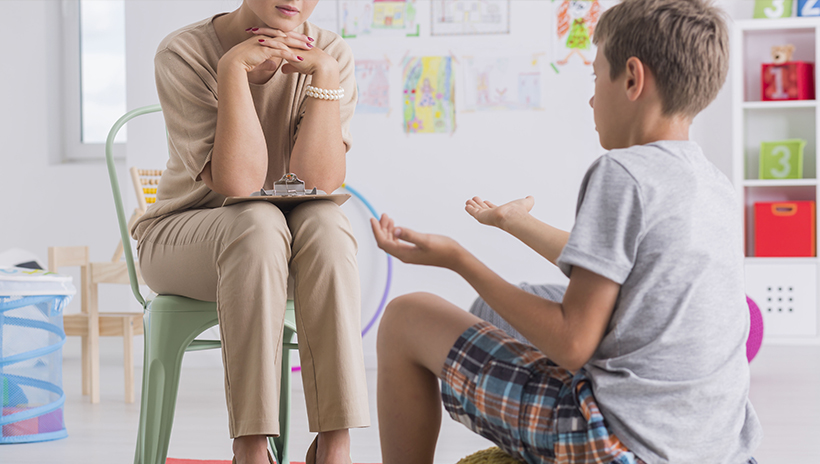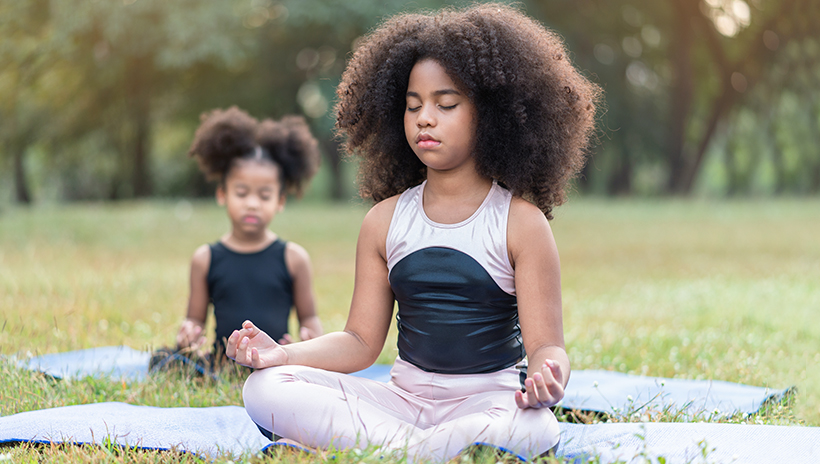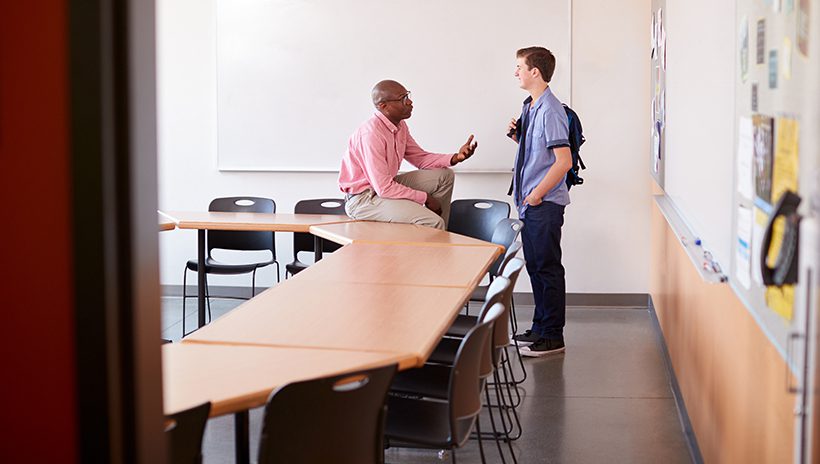Discussing “tough” topics with younger students can seem daunting, especially with themes like racism and mental health. But that does not mean you should not have them. Conversations that revolve around these themes only become more difficult without a solid foundation to build up from. It is our duty to prepare the future generation for the world, and by giving them the stepping stones, we can lead them to succeed and maintain healthy relationships.
How to Talk About Racism
Growing up biracial—my mother is white, and my father is African American—I never had the luxury of not thinking about racism. At a young age, I was split between two worlds, struggling to find a place for myself in a world where there was none.
Last year, the Black Lives Matter movement erupted like a volcano with the wrongful death of George Floyd and shed light on the recurring injustices African Americans face due to police brutality. Parents struggled to shield their children from the media, but what about the Black children who cannot escape the trials and tribulations that come with being Black in America?
You can read more about the Black Lives Matter Movement in African-American History.
There are other circumstances minority children can relate to. Discussions about immigration, the wall between the American-Mexican border, and the racism Asian Americans faced with the hysteria and paranoia from the COVID-19 pandemic were brought to light, often creating stress for teachers and educators alike to help their students understand the events in the world.
Just because an educator may not feel comfortable discussing weightier topics does not mean that their students are not already experiencing racism or other prejudices at home or out in the world.
Gen Z children are being ushered into a world of inclusion and family dynamics that do not necessarily reflect the typical American nuclear family. There will be students with one parent, two dads/moms, gender-neutral parents, transgender, interracial, etc. Though this is not a new concept, it is now more widely accepted and openly discussed. Growing up, I did not like it when my mom stopped by my elementary school because the other students stared and would ask why she was white while I looked Black. Now, mixed-race families are more common, but there will be times that students will still have questions.
“What Is a Black Person?”
Just like a story, it is important to start at the beginning.
Depending on your students’ age, you can delve deep into a people’s history while also sidestepping the more graphic issues.
Using the coined term “Black” as an example, a teacher can explain how the word “Black” is used as an umbrella term to describe those of African descent. This includes those who are African American, Caribbean, African, etc.
“African American” refers to descendants of the African people enslaved and brought to the United States as slaves and eventually freed following the Thirteenth Amendment. Some Black Americans like to be identified as Afro-Latino if they have Latinx/Hispanic roots or Caribbean American if their family originates from the Caribbean. Those who are from Africa may refer to themselves as African or, for example, Nigerian-American.
So how to answer the question?
When discussing race with younger students, I would recommend addressing that, despite our differences in skin tone, hair type, language, culture, etc., we are still ALL people and should respect each other.
“Treat people the way you want to be treated” is the time-old expression that I still relate to this day.
At the end of the day, we need to emphasize to our youth that there will be people who look, talk, and act differently than they do. Instead of being fearful, they should be open to new experiences and friends, and we will be raising beautiful, open-hearted human beings.
How to Talk About Mental Health
When one thinks of mental health, there is still a resounding stigma that comes to mind, which is entrenched in generations of people unable to express themselves in a healthy way and heal their decades’ worth of trauma.
Luckily, mental health is openly discussed today with information readily available.
The key to raising mindful students is to normalize mental health at a young age. Just as we stress maintaining our physical health with exercise and sports, we should also emphasize the importance of students’ awareness of their feelings and thoughts.


This also ties in with racism, which has an everlasting impact on students of color. Not only are students struggling with anxiety and stress, coupled with the realization that there will be people who will judge them on their race, culture, language, and more, it will make things more difficult if we are not fully equipped to support them.
The Idea of “Safe Spaces”
Amidst the COVID-19 pandemic, students were also adjusting to quarantine and navigating the pains and labors of doing classwork from home. The transition from an engaged and lively school environment to the home could test even the most introverted students. Social and emotional learning (SEL) was imperative to integrate into teachers’ lessons to foster an environment of safety and learning.
Check out our Free SEL Toolkit
Though not a parent, I was curious how parents were juggling their livelihoods while also teaching their children at home and came across the concept of “safe places.” On Instagram, parents were sharing photos of the areas in the house dedicated to their children’s mindfulness. They were colorful and decorated with comfort and relaxation in mind. I was impressed by these parents’ dedication to supporting their children’s academic and mental success.
Here are some mindful activities ideas you can incorporate with your students, patrons, or children:
- Deep breathing exercises
- Yoga or stretching
- Morning/evening walks
- Reading for pleasure
- Tactile activities like puzzles, Legos, crafting, and coloring
- Taking time away from the screen
- Video calls with a friend
- Cooking/baking a new dish


Conversations about mental health do not have to be arduous if we start to plant the seeds of mental wellness early in children’s lives until it becomes a daily part of their lives. Tough conversations are only as difficult as we make them. If we nurture these receptive and tolerant learning ideas, we will be raising a new generation of open-minded and innovative leaders.

